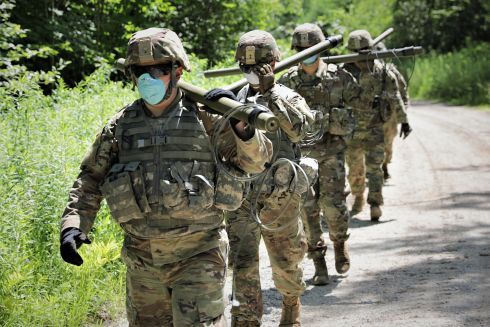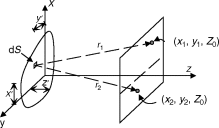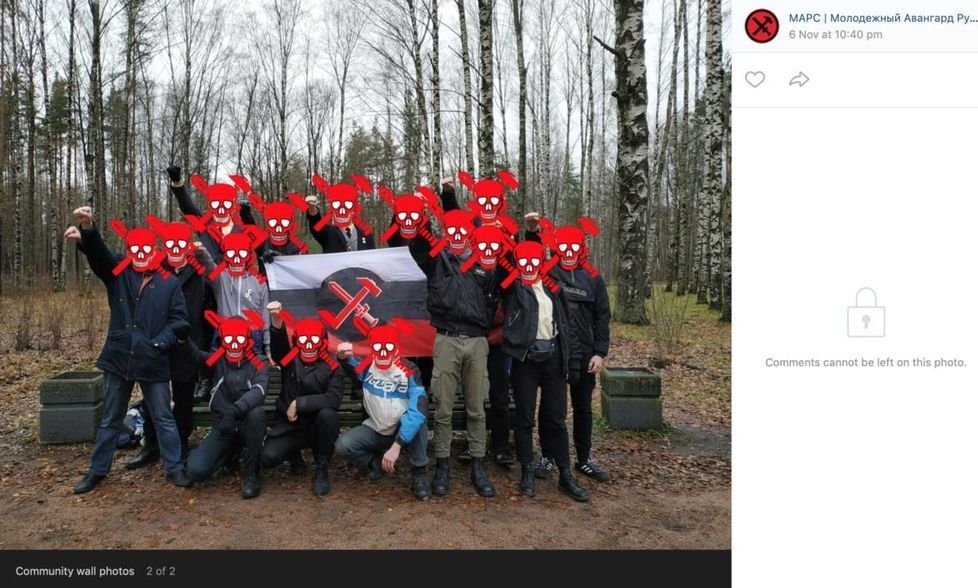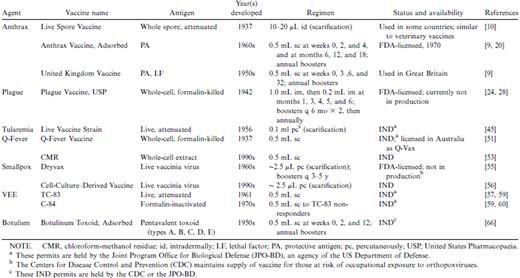Oct 4, 2020
DARPA’s SIGMA Program Transitions to Protect Major U.S. Metropolitan Region
Posted by Saúl Morales Rodriguéz in categories: biological, biotech/medical, chemistry, terrorism, transportation
On a blustery winter day last December, a car carrying radioactive material approached one of the Port Authority of New York and New Jersey’s major transportation hubs. As the car got closer, an alarm flashed and sounded on a large monitor in the police operations center, identifying on a digital map the exact location of the vehicle and the specific radioactive isotope radiating from the car – Cesium-137. Within minutes, officers in the Port Authority Police Department – equipped with vehicle-mounted and pocket-sized radiation sensors displaying the same real-time digital map – tracked the vehicle and apprehended the suspects in a parking lot. Thankfully, the potential terrorists and radiation-emitting isotope were not a threat, as the scenario was only a drill.
The December exercise marked the capstone for DARPA’s SIGMA program, culminating a five-year effort to develop and deploy an automated, high-performance, networked radiation detection capability for counterterrorism and continuous city-to-region scale radiological and nuclear threat monitoring. The transition of the radiation-detection system took place prior to the coronavirus disease (COVID-19) pandemic. In the eight months since the SIGMA transition, DARPA has been developing and testing additional sensors under its SIGMA+ effort to detect chemical, biological and explosive threats as well.
“We want to thank the Port Authority for their outstanding support throughout the SIGMA program and their continued support as we test SIGMA+ sensors,” said Mark Wrobel, DARPA program manager in the Defense Sciences Office. “Being able to test and refine the system in the country’s largest metropolitan region was invaluable in taking SIGMA from a research project to an operationally deployed system in just five years.”


















